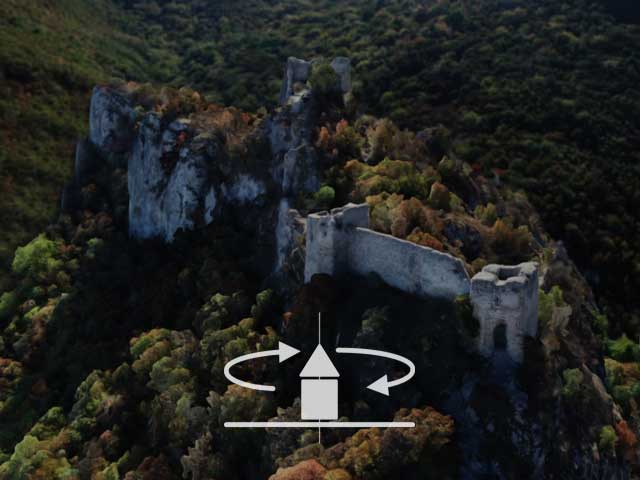FORTRESS Sokograd
Protected cultural monument of great importance, listed as SK 211 with the Republic Institute for the protection of monuments of cultural heritage.
FORTRESSSokogradSokobanja
Location
Fortification Sokograd is built on an inaccessible tump in the river Moravica canyon, 2 km southeast from Sokobanja.

Research
Research and conservatory work was performed by the Nis Institute for the protection of monuments of cultural heritage in 1980, 1981 and 1982.
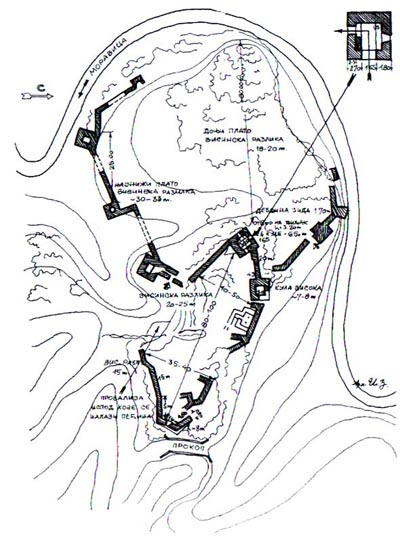
In the south part of the fortification, between the cistern and the south rampart, a large paved surface was discovered, covered by a layer of gray vertisol. On the east side of this area there used to be a hearth tiled with brick, with a thick layer of ashes and soot.
History
The fort was built in late 13th and early 14th century, used for a short period of time and as early as 1412 conquered and destroyed by renegade Musa. From the following year, the Turks governed this fort. The earliest mention of Soko grad in historic sources is in the work of Constantine of Kostenets in the 15th century, about the very Turkish conquest of the fort. In the 17th century, i.e. in 1689, the town is conquered by the Austrians and the Serbs, and after the Austrians’ retreat, fell again under the Turkish rule.
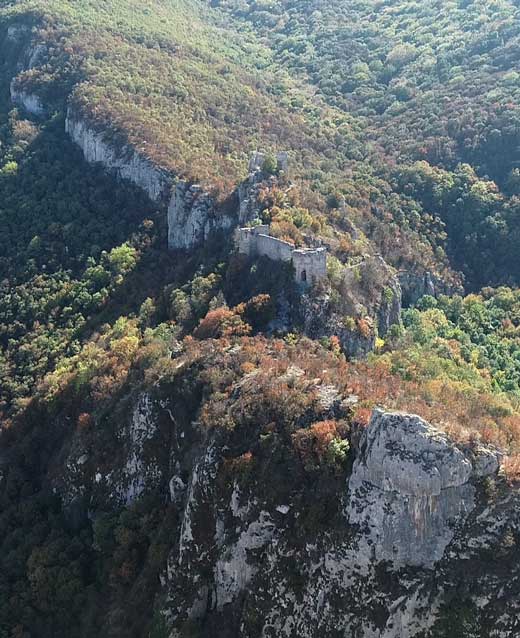
In 1808 the town was conquered by hajduk Veljko, although the fort ceased to have any strategic importance. After that conquest, the fortress was abandoned and fell into decay.
Description
The fort has an irregular shaped basis adapted to the configuration of the terrain. It consists of two entities: The Upper and the Lower town.
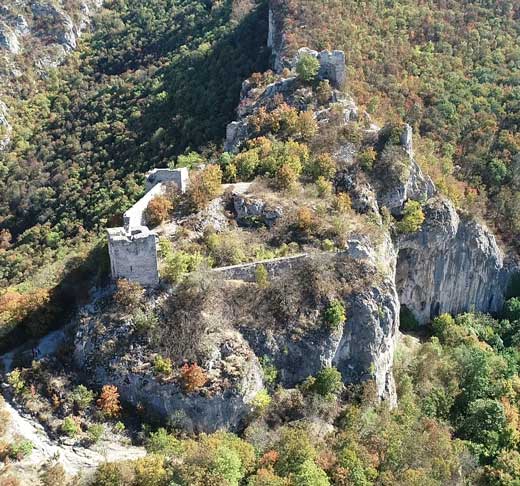
The Upper town is actually a fortress on a rocky cliff and is separated from the lower town. In the upper town there is the highest rectangular tower surrounded by a deeper moat. There are two other rectangular towers, somewhat smaller, connected with a longer wall with cannon openings. The ramparts of the fort are built with cut rubble bound by lime mortar made with quicklime. Solidly built, they still resist the ravages of time.
The Upper town was entered through the lower tower. The inside of the fort preserves a water cistern, cut into the rock, with stone vault. Inside the cistern the pipes for rainwater supply were discovered. The Lower town was built on a much more approachable terrain, and is less preserved. The only parts that managed to resist various destructions are parts of the rampart, quadrangular tower and the main gate.
Folk belief
It is believed that Sokograd was named after falconers (soko= falcon is Serbian) who used to train falcons in the middle ages and used them to pay for duties.
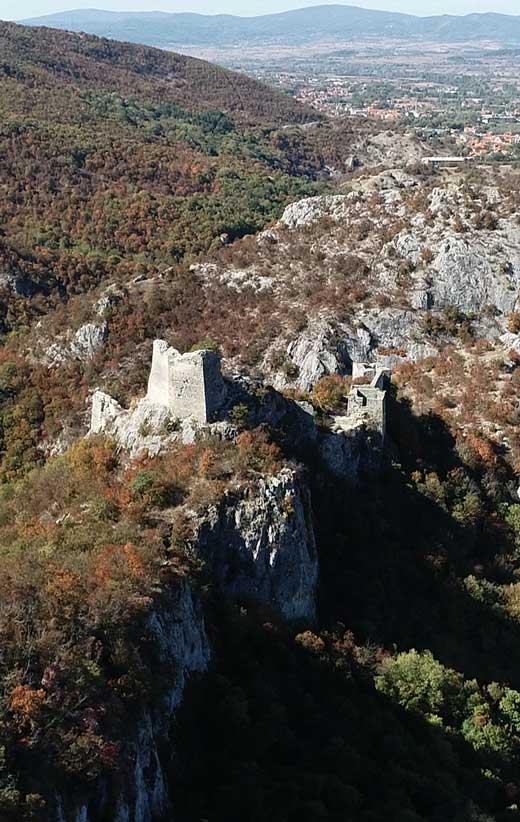
Julka Kuzmanović Cvetkovićarcheologist
